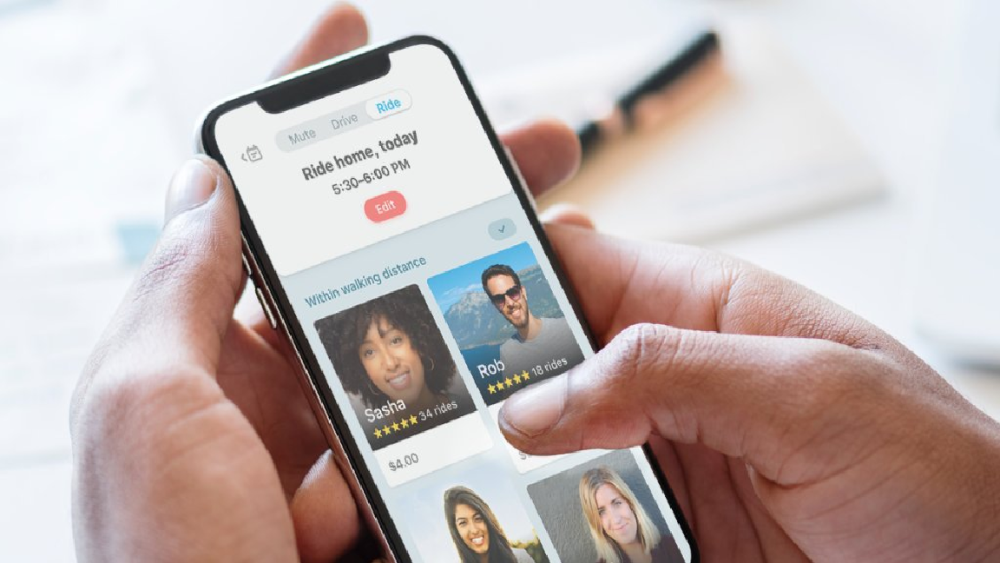The Google-owned navigation app Waze has made its mark by grasping complicated traffic flows and obstructions that affect the roadway commute. It has also evolved into a location-based advertising platform for local businesses and chains. With command of all this traffic data, Waze is equipped to identify challenges in complicated city configurations and to offer solutions. One such avenue the app has opened up is carpooling.
The way the phenomenon is described by Tim Queenan, Waze’s Head of Brand and Consumer Marketing, carpooling is an old idea that the app is modernizing. But within the context of the current gig economy, the service will undoubtedly be compared to the more recent history of “ridesharing.” The drivers who connect with riders through Waze, however, are not underemployed professionals, at least not as far as taxi driving is concerned. Instead, drivers and riders are commuters getting to work, looking to save money and resources by traveling together.
Waze Carpool launched nationally in the U.S. last October. Users punch in their commute time and destination and find other people going their way. Matches are made based on how close their routes are and other preferences, and the reimbursement prices are set to cover the cost of gas and related expenses.
To help the program grow, Waze is partnering with employers and municipalities, all with the aim of making drivers happier and curbing community traffic issues. This is why carpool lanes were invented to begin with.
In April, Waze launched a concentrated advertising and communications campaign in a single market, Washington DC. They realized each market has a unique culture and attitude toward carpooling, perhaps as individualized as its traffic patterns and geography.
“DC is an interesting market,” Queenan explained. “If you’re from DC, we all know what ‘slugging’ is within the culture of casual carpooling. In DC it’s a known thing.”
According to Queenan, cities across the country are experimenting with high-occupancy tolls (HOTs) and carpool lanes. But increasingly, drivers are going solo. “You can’t build the infrastructure fast enough,” he said. “The goal is having people come together and share together to actually remove cars from the road.”
According to the company, Waze has partnered with businesses and local government entities in the DC area, including a commercial real estate and financing company, Walker & Dunlop, as well as the Northern Virginia Regional Commission and Carlyle Council. From March to April, Waze reports a 34 percent month-over-month increase in Waze Carpool usership.
“Waze offers a unique insight,” Queenan stated. “We understand common routes and traffic patterns so we’re able to help anticipate and show drivers and businesses that these are the common routes, origins and destinations. There are pockets of communities primed for carpooling. We’re helping municipalities and employers understand that, and how to activate these people to think about carpooling. The infrastructure is there and the incentives are there.”
To build momentum, Waze is now in heavy-ups with new TV, video and radio ads that engage with the attitudes about DC driving culture.
Since people share their commuting frustrations online, Queenan and the Waze team learned that “people are very emotion” about commuting and try to “hack the systems by putting decoys in their cars.” The TV spot, created in collaboration with Caviar and Jeff+Pete, “is empathetic, to show where they’re at, and to say there’s a better way to do this and that’s why we carpool,” said Queenan.
Additionally, Waze has drafted local drive-time radio deejays and influencers to drive home the message.
Currently, the Waze team is looking at other markets in which to try this studied, local approach. If carpooling is the magic pill, it alleviates the pain expressed in each market’s own special traffic headaches.







